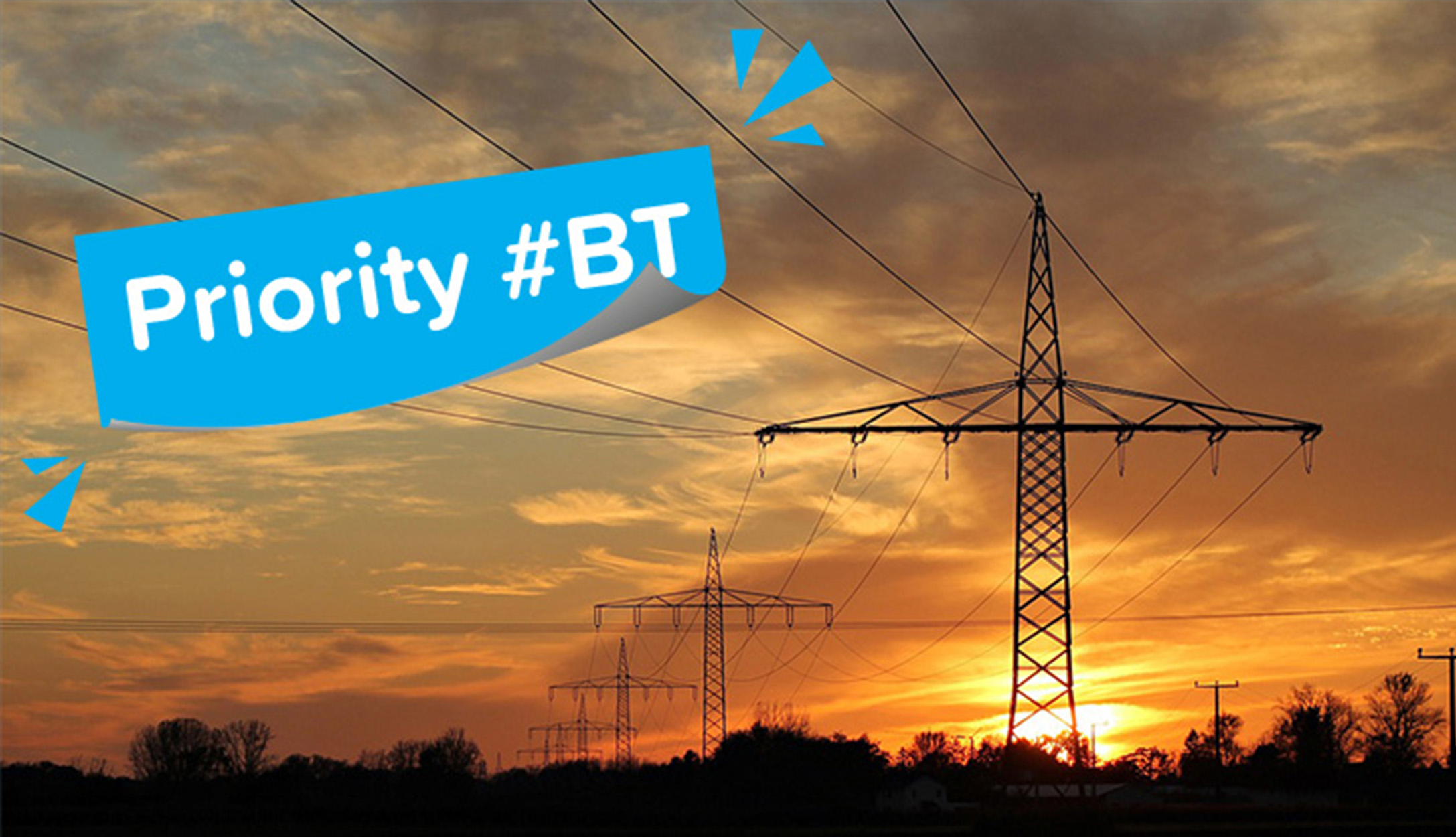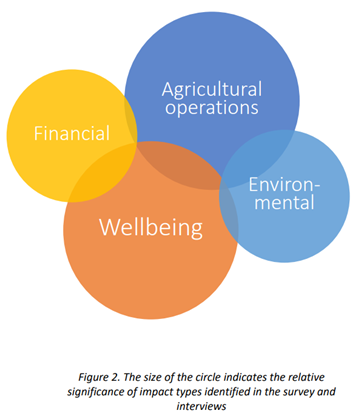
How could electricity transmission infrastructure and agriculture co-exist and create shared value? That’s the question we’re seeking to answer through our social licence research exploring co-existence and shared value opportunities for landholders affected by transmission infrastructure.
As Australia moves towards a renewable energy future, a growing number of agricultural landholders are being approached to host electricity transmission infrastructure of their land.
Our energy businesses recognise that these transmission development projects, as well as the maintenance of existing infrastructure, may impact the lives and livelihoods of agricultural landholders.
They also understand that they have a responsibility to recognise and minimise these impacts and work towards agreeable outcomes for everyone.
What will this research be used for?
Our social licence research will be used to guide the development of practical guidelines for co-existence between electricity transmission infrastructure, agricultural landholders and their communities. Our goal is to develop guidelines that will:
- Provide a plain English understanding of the practical impacts that energy transmission infrastructure may have on agricultural operations
- Identify practical modifications and mitigations that could be considered, by both agricultural operators and transmission infrastructure businesses, to minimise potential impacts
- Identify shared value opportunities, to dually support sustainable agricultural production and transmission planning and operation.
Who’s involved?
This initiative is the result industry collaboration between Transgrid, Powerlink, TasNetworks, ElectraNet and AusNet.
A key part of this collaboration has also been the formation of a Community Outcomes Group (COG). The purpose of the COG is to provide strategic insights into the agricultural sector to co-design the research and resulting guideline.
Our Landholder Community Outcomes Group includes representatives from: Ag Energy Taskforce, Australian Energy Infrastructure Commissioner, Bundaberg Canegrowers, National Farmers’ Federation, National Irrigators Council, RE-Alliance, Tasmanian Farmers and Graziers Association, Queensland Farmers’ Federation and Victorian Farmers Federation.
Our research partner is KPMG Australia.
What’s involved in the research?
The research component of this initiative involved a landholder survey, which was completed by 144 landowners across QLD, NSW, TAS, VIC and SA. Eighteen deep-dive interviews were also conducted with landholders committed to sharing their experiences on how transmission infrastructure has, or is expected to, impact them.
What have we learnt so far?
Agricultural landholders are, of course, not a homogenous group – there are many variables which affect how transmission impacts them and the way they use their land. This includes the type of farming activities that are being undertaken, the value an individual, or farming business, places on any particular feature of a property and the quality of the engagement that has taken place, just to name a few.
It is not surprising then, that when it comes to assessing impacts, our research validated 34 individual impacts across the areas of agricultural operations, wellbeing, financial and environmental.
Here’s some of the themes industry collaborators are working through with ag sector representatives:
- Visual impacts, financial loss and biosecurity risk were reported as the most significantly felt impacts for landholders.
- At community level, landholders reported that the most likely negative impacts relate to decreased property value, visual amenity, and neighbour relations.
- The impacts felt by landholders change over the planning, construction and operation phase of the infrastructure lifecycle, with many impacts appearing to lessen over time.
- Landholders identified a range of economic and social benefits for their wider communities, however, identified few benefits as infrastructure hosts.
- Landholders identified a range of mitigation measures that could help with co-existence, ranking ‘input into the planning process’ as the most important action transmission businesses can take. More local, community involvement was also rated as a key action to improve co-existence outcomes.
- While few benefits were reported, a range of shared value options were suggested. Broadly these related to improving energy affordability and reliability, further investment in rural infrastructure, and utilisation of transmission project resources (both during and after construction).

The better practice guidelines, which will utilise the finding of the research to offer a smorgasbord of options and opportunities to improve coexistence outcomes and realise shared value is expected to be released in Q1 2023.
More about this project
The Energy Charter is a unique coalition of like-minded energy organisations with a shared purpose and passion for customers. Our purpose is to empower one another across the energy supply chain to deliver better energy outcomes for customers and communities.
One of the ways this is achieved is through collaborative projects, called #BetterTogether initiatives, that focus on delivering tangible customer and community outcomes. This Landholder and Community Social Licence Research has been endorsed by the Energy Charter’s CEO Council as a Priority #BetterTogether initiative, recognising the importance of ensuring that no one is left behind in Australia’s transition to renewables.
